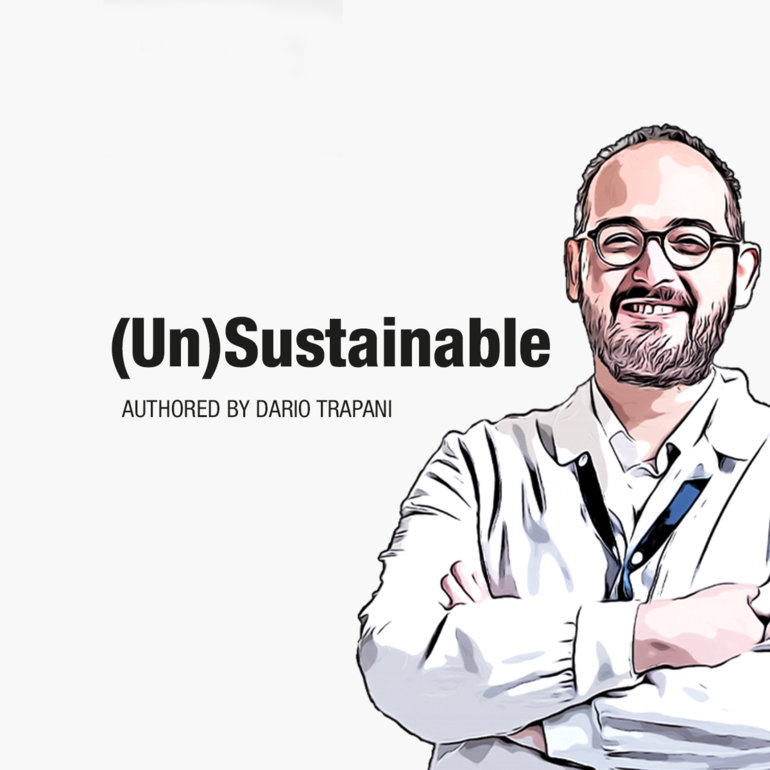Evidence is growing for a potential role of microplastics in cancer development, but more solid research is needed
In a world where nature is surrounded by visible plastic, from plastic containers and bottles to textiles and single-use consumables in hospitals and research centres, small invisible particles of plastic, smaller than 5 millimetres in diameter, are present in what human beings eat, drink, and inhale every day.
These tiny bits of plastic, the so-called microplastics, mainly come from the breakdown of plastic or rubber materials such as tires, containers, textiles or industrial products, and are more commonly found in pharmaceutical products, insecticides, and cosmetics. Current technologies limit research to quantify population-level exposure to microplastics; however, there is strong evidence that they are highly prevalent in the environment, and small plastic particles have been found in the air, surface waters, sediments, and food, also in remote geographical areas such as Antarctica and deep layers of the ocean.
Due to their small size, microplastics can be easily inhaled or ingested with food, and they can accumulate in various organs, such as the lungs, brain, placenta, and breast milk (Environ Sci Technol. 2024 Dec 31;58(52):22843-22864). Microplastic particles are highly prone to bind with other pollutants, heavy metals, and pathogens, exacerbating their potential effects on health (Lancet Respir Med. 2025 Apr 8:S2213-2600(25)00086-4).
Research on the impact of microplastics on human health is still in its infancy, but evidence is growing. Data suggest that microplastics can cause chronic inflammation, cell stress or DNA damage, and suppress immune function, affect cell proliferation or alter hormone levels. This is particularly evident in the lungs and gastrointestinal tract, which represent the primary contact areas for our body with microplastics.
The cellular response to microplastics mirrors the process observed in cells after exposure to chemical carcinogens. However, to better understand whether there is a link between microplastics and carcinogenesis, further data are needed. So far, microplastic particles have been found in tumours and peritumoural tissue from patients with prostate, lung or breast cancer (Environ Sci Technol. 2024 Dec 31;58(52):22843-22864). Some studies have shown that microplastic particles can be transferred between cells during cell division, and accumulate in cells over time, leading to an imbalance of their natural function (Chemosphere. 2024 Apr:353:141463). Could this play a role in cancer development? And could it be linked to a rising incidence of early-onset cancers in the younger population? These questions remain unanswered yet.
On the other hand, studying microplastics offers some insight for research. Nanomaterials, similar to microplastic particles, can be used as drug carriers in targeted therapies, allowing for controlled and continuous drug release. Initial studies utilising properly designed and safe nanoparticles as drug carriers in cell lines or animal models are ongoing, with promising results (Mol Cancer. 2025 Jan 24;24(1):30). Whether oncology research will benefit from the knowledge on harmful microplastics is uncertain.
For the moment, one concrete and immediate action is to reduce the release of microplastics in the environment, thus potentially limiting their impact on our health. Simple and cost-effective measures include decreasing plastic usage, especially single-use plastics, minimising thermal or mechanical treatment of plastics, such as microwaving food in plastic containers, and recycling to prevent an uncontrolled degradation of plastics, which can lead to increased emissions of micro- and nanoparticles in air, soil and water. Also, choosing natural alternatives in our daily lives, may help limit our exposure to microplastics. For instance, more plant-based products tend to contain lower concentrations of microplastics which, like other toxins, accumulate more in animals higher up in the food chain.
While effective control of microplastics requires global action, we can each do our part to help protect the planet and ourselves.







